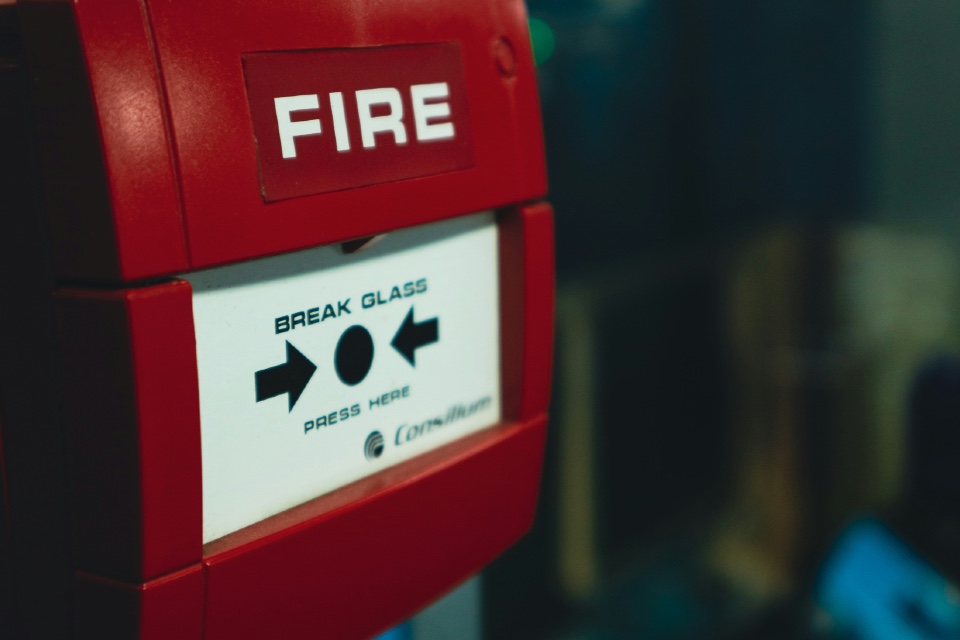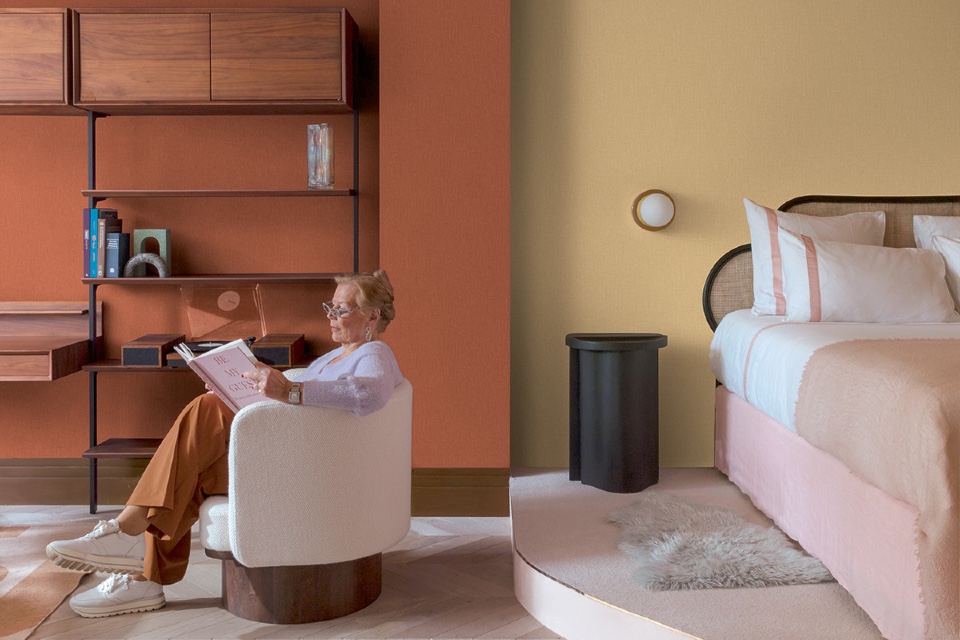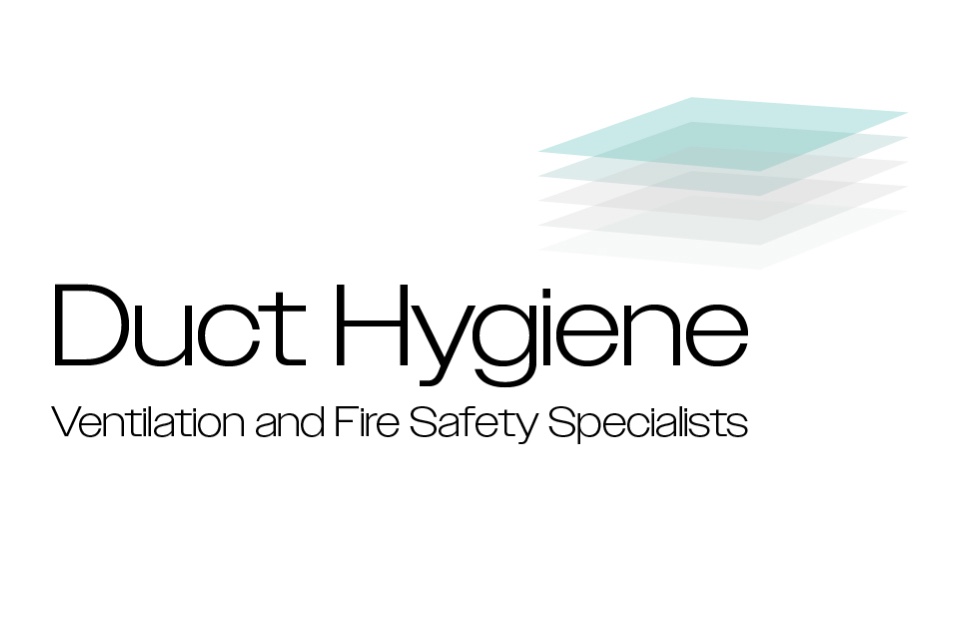Fire safety is a critical concern for care homes, where vulnerable residents require specialised evacuation plans and strict compliance with regulations. Standards continue to evolve, placing increased responsibility on care home managers to ensure buildings, staff, and emergency protocols meet the latest requirements. Here’s how care homes can stay compliant, mitigate risks, and protect residents, based on input for delegates and suppliers at the Care Forum…
1. Understanding 2025 Fire Safety Regulations
The Regulatory Reform (Fire Safety) Order 2005 remains the foundation of fire safety in care homes, but recent amendments and updates mean facilities must continuously adapt. Key regulatory considerations include:
- The Fire Safety Act 2021 – Enforcing stricter risk assessments, particularly in multi-occupancy care settings.
- The Building Safety Act 2022 – Placing greater accountability on care home operators for structural and fire safety measures.
- Personal Emergency Evacuation Plans (PEEPs) – Mandated for all residents with mobility or cognitive impairments, ensuring individualised evacuation procedures.
Failure to comply with these regulations can result in fines, legal action, or closure, making proactive compliance essential.
2. Fire Prevention Strategies for Care Homes
Prevention is the first line of defence against fires in care homes. Managers should implement:
- Regular risk assessments – Conduct monthly inspections to identify potential hazards, such as faulty wiring, flammable materials, or blocked escape routes.
- Fire-resistant materials – Upgrade furnishings, doors, and building materials to comply with fire-resistant standards.
- Electrical safety checks – Ensure PAT (Portable Appliance Testing) is performed regularly on all electrical equipment.
A culture of fire safety awareness among staff and residents further reduces risks, making training and engagement a priority.
3. Smart Fire Detection and Evacuation Systems
Technology is revolutionising fire safety in care homes. Key innovations for 2025 include:
- AI-powered smoke detectors – These systems differentiate between actual fires and false alarms, reducing unnecessary evacuations.
- Wireless alarm networks – Ensuring alerts reach all areas of the care home simultaneously for swift response.
- Automated evacuation planning tools – Using real-time data to guide staff on the safest, fastest evacuation routes.
These tech-driven solutions enable care homes to respond to fire emergencies more effectively and efficiently.
4. Staff Training and Emergency Drills
Even with advanced systems, staff preparedness is crucial. Care home managers should:
- Conduct quarterly fire drills, including night-time scenarios.
- Provide mandatory fire safety training on evacuation procedures and extinguisher use.
- Appoint designated fire wardens to oversee emergency responses.
Care homes must take a proactive, technology-driven, and compliance-focused approach to fire safety. By embracing smart detection systems, preventive strategies, and rigorous training, care home managers can protect vulnerable residents while meeting evolving regulations—ensuring both safety and peace of mind.
Are you searching for Health & Safety solutions for your organisation? The Care Forum can help!






